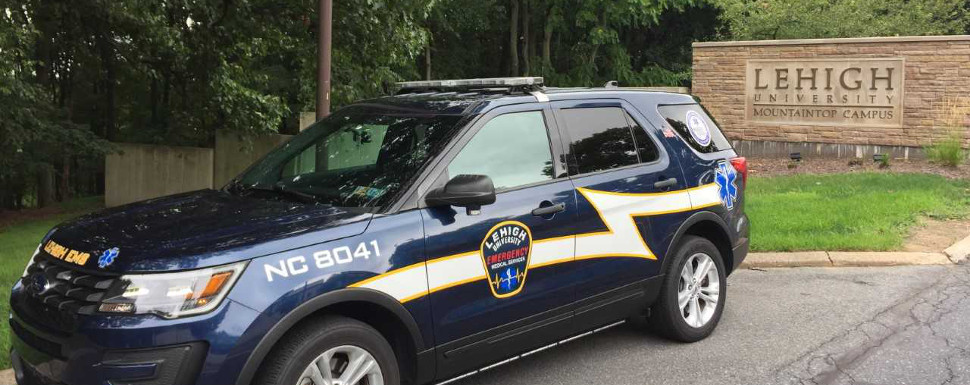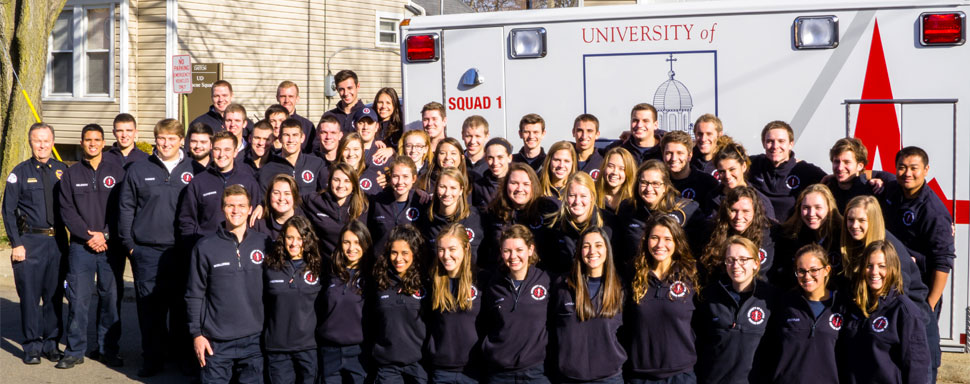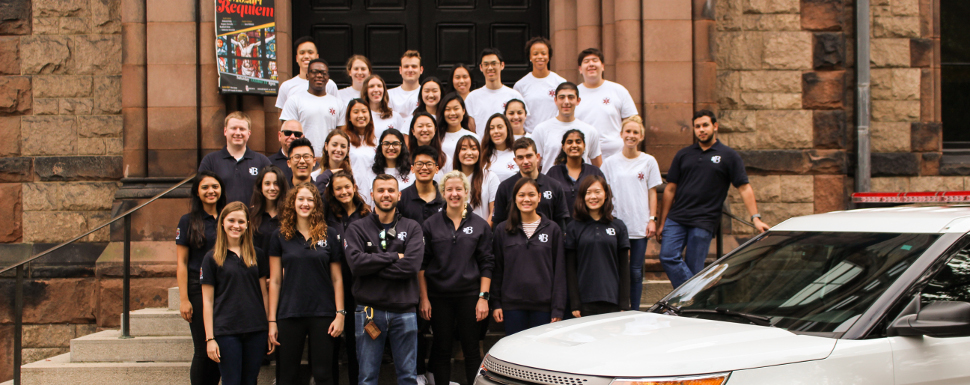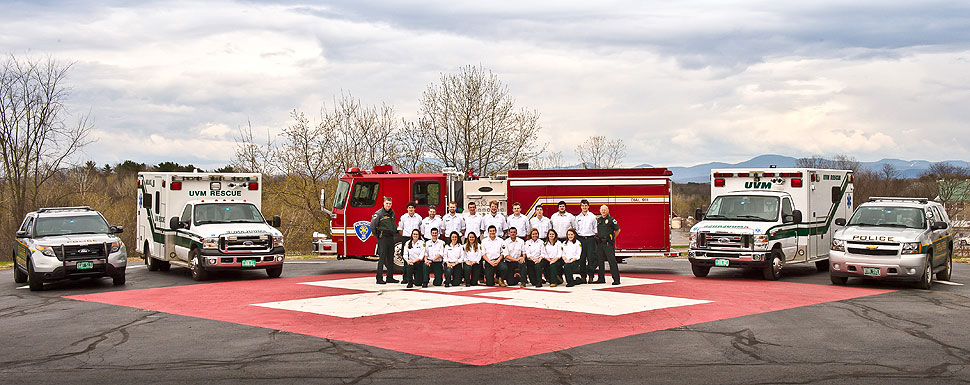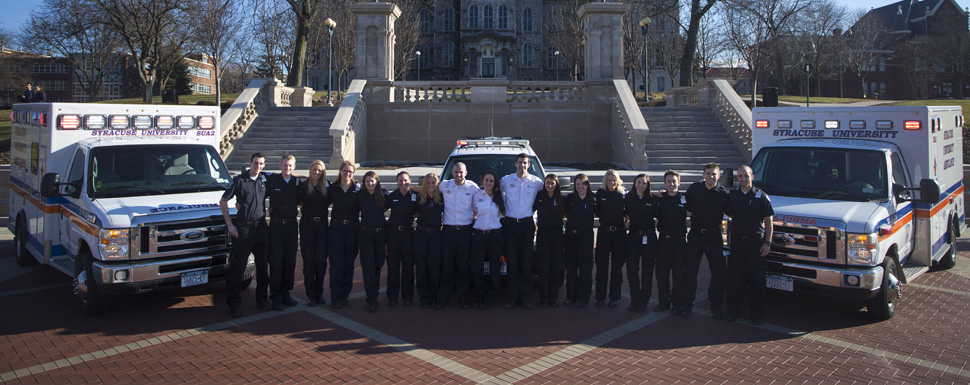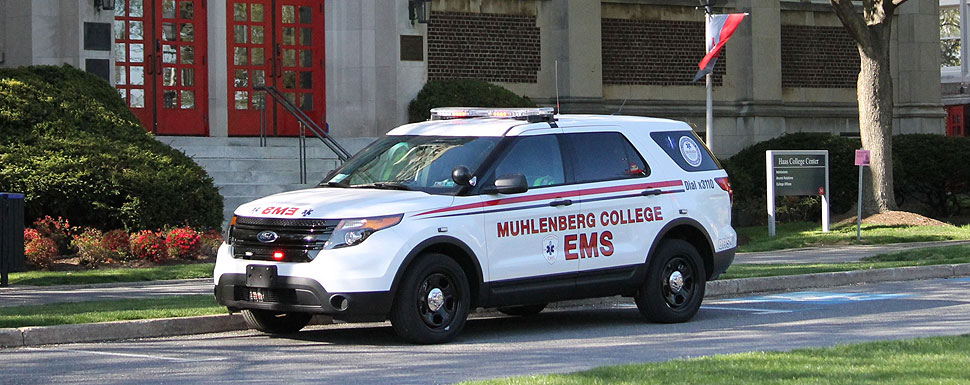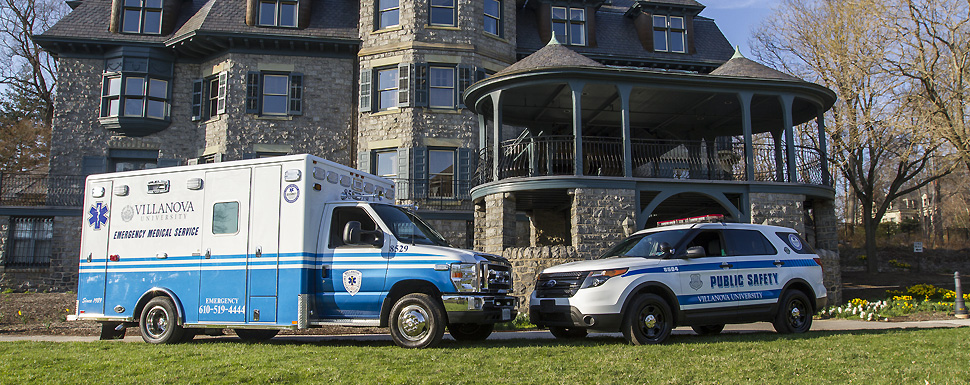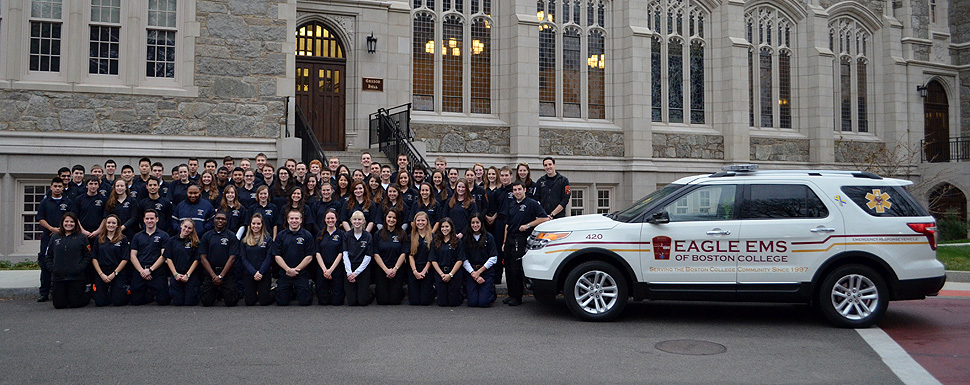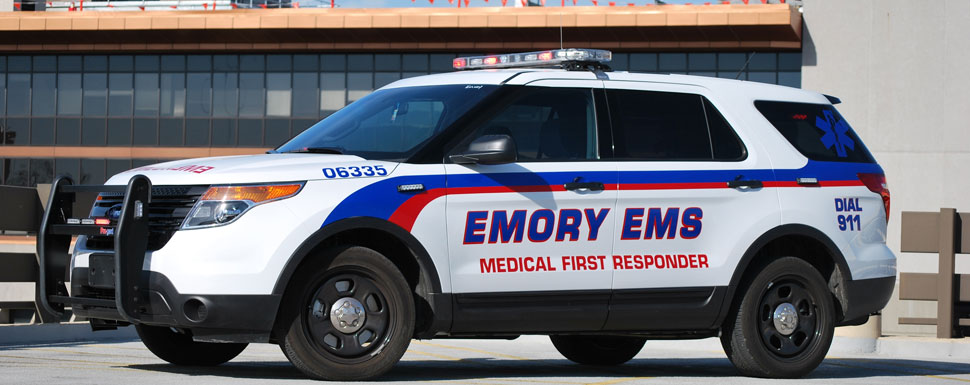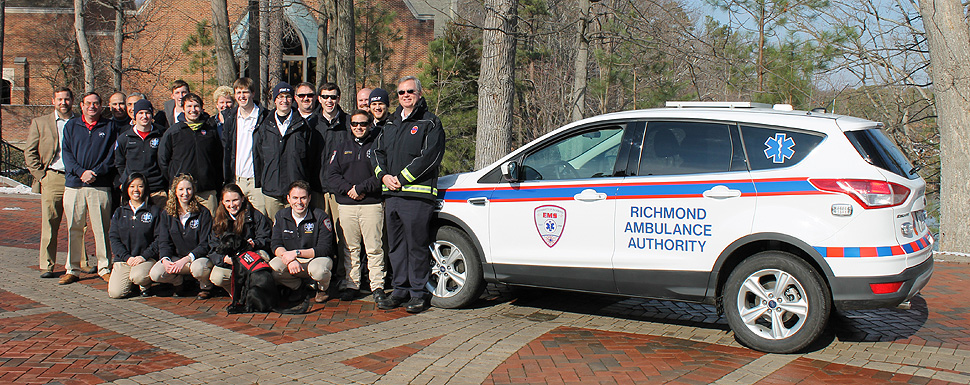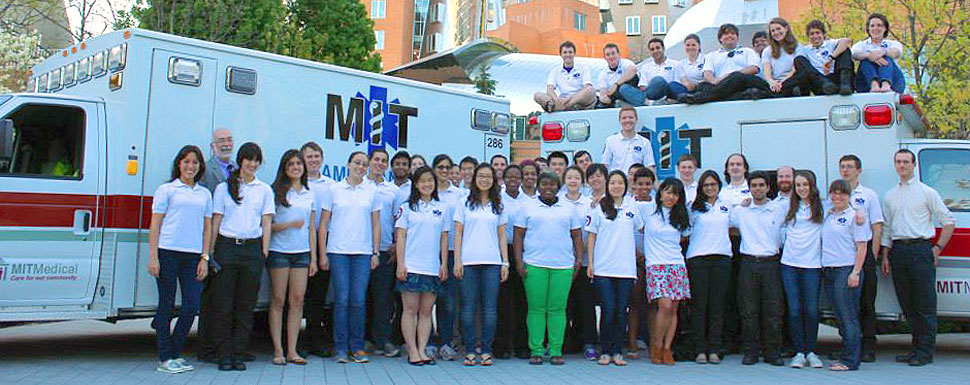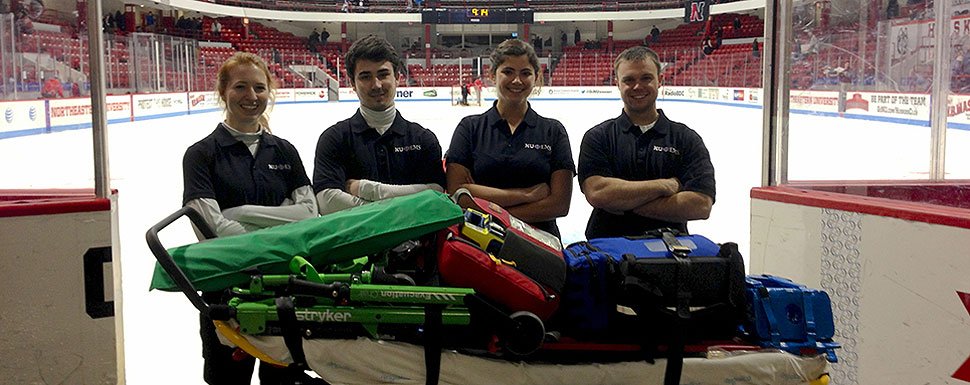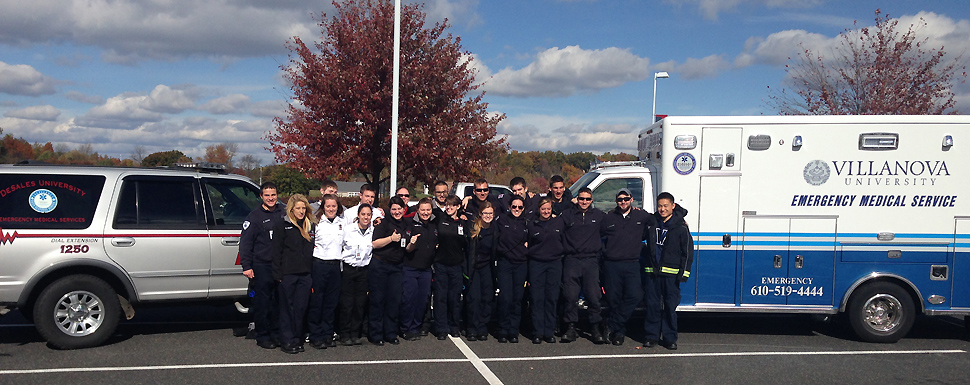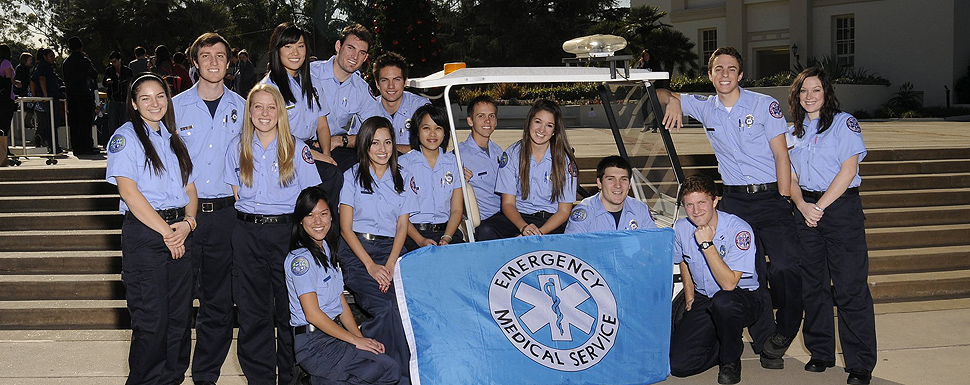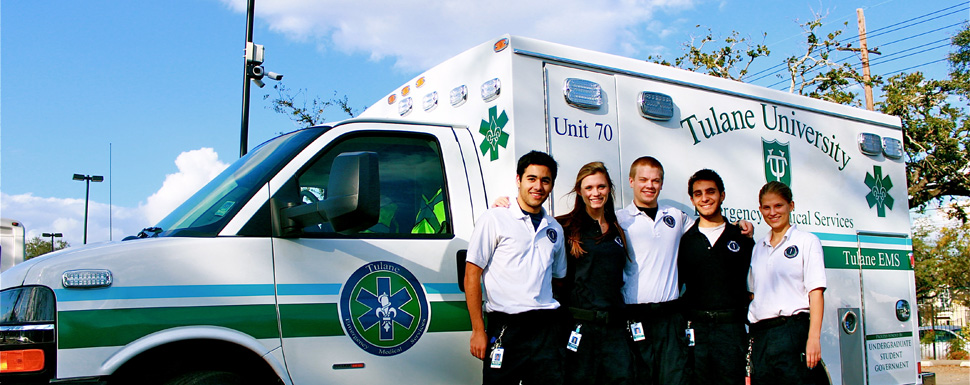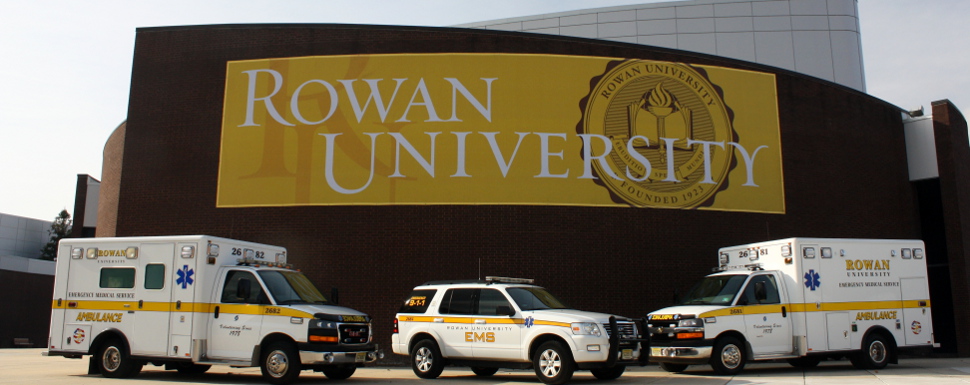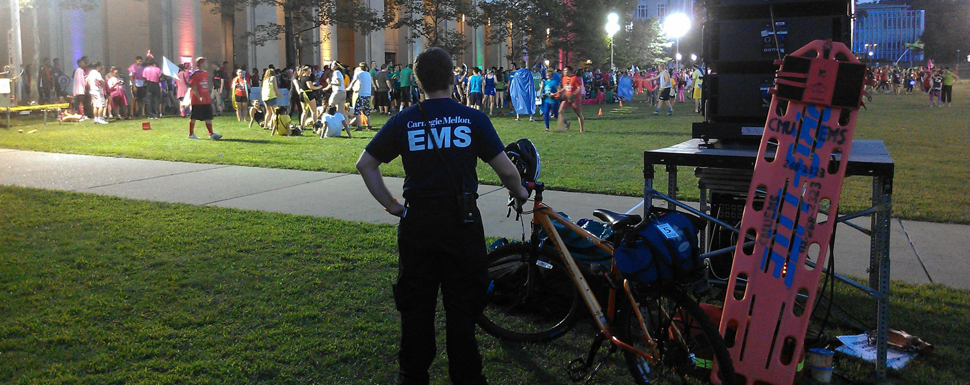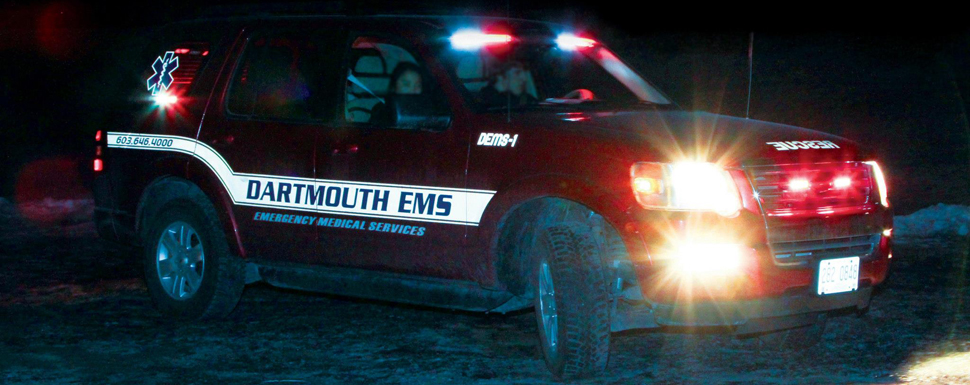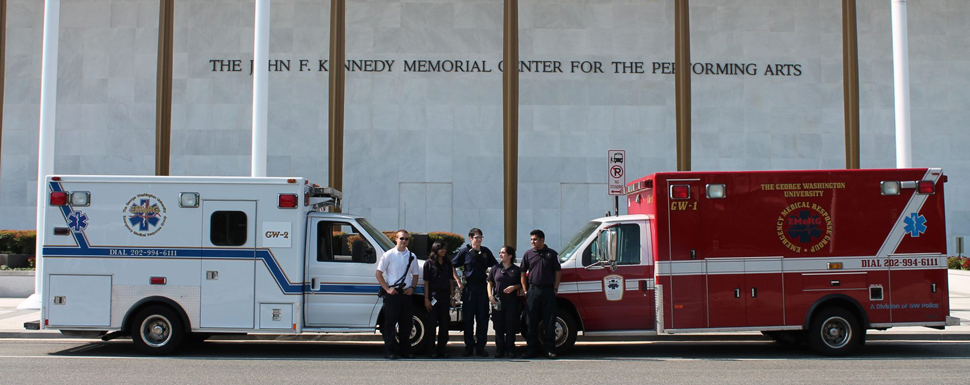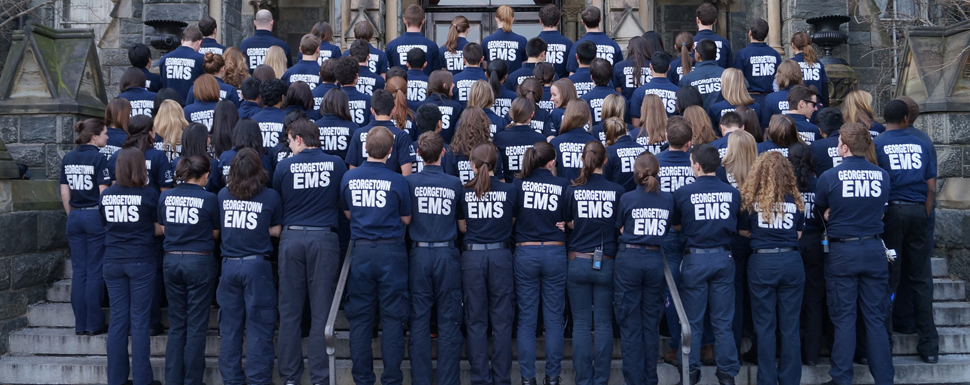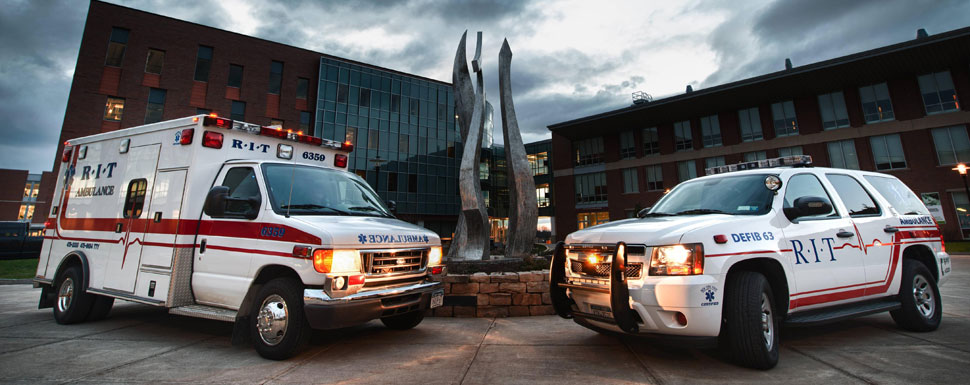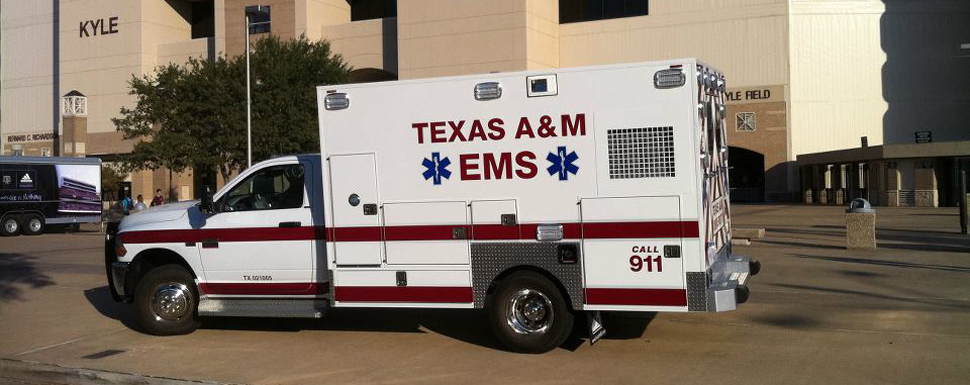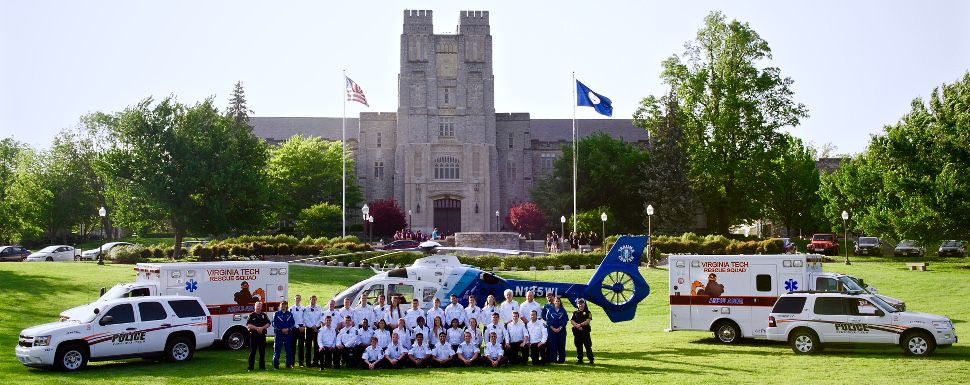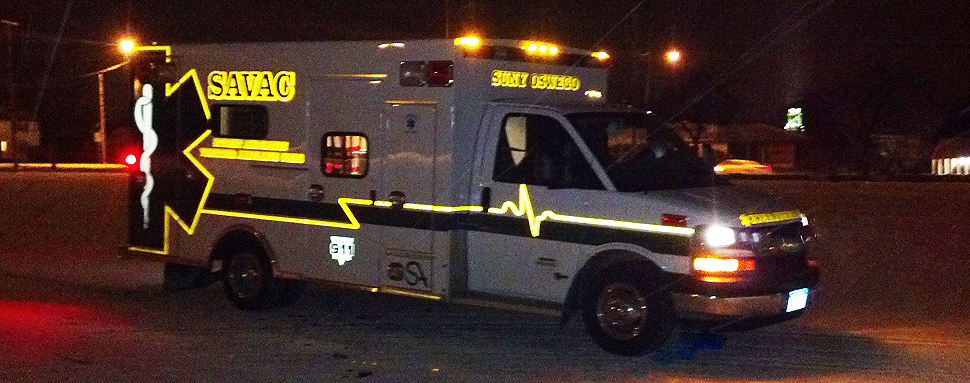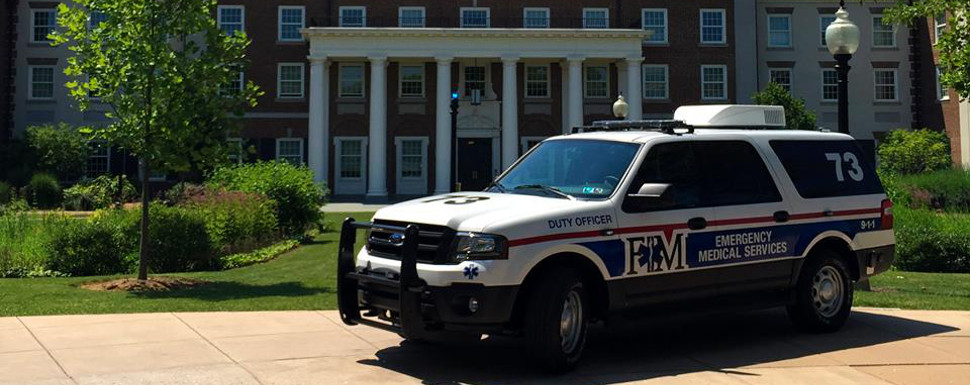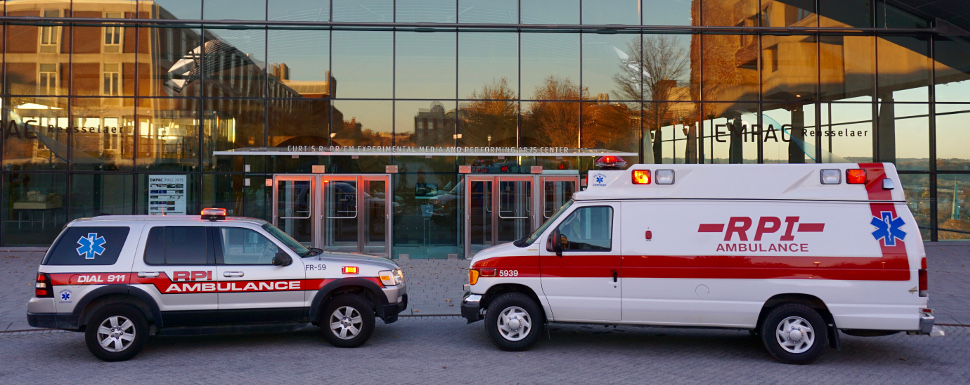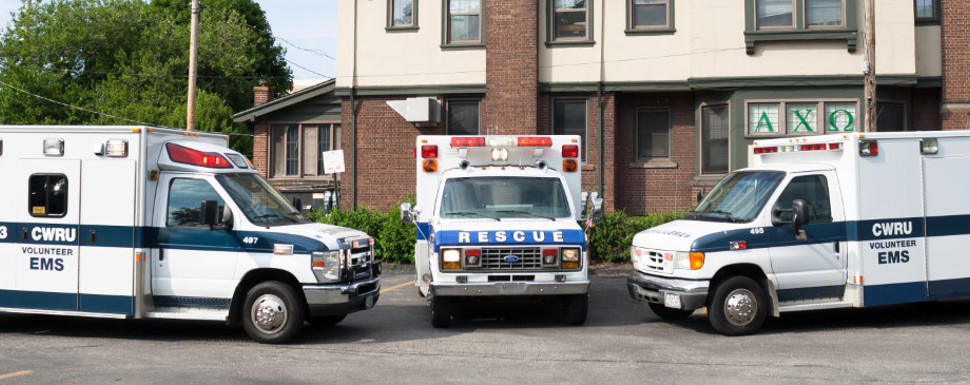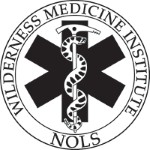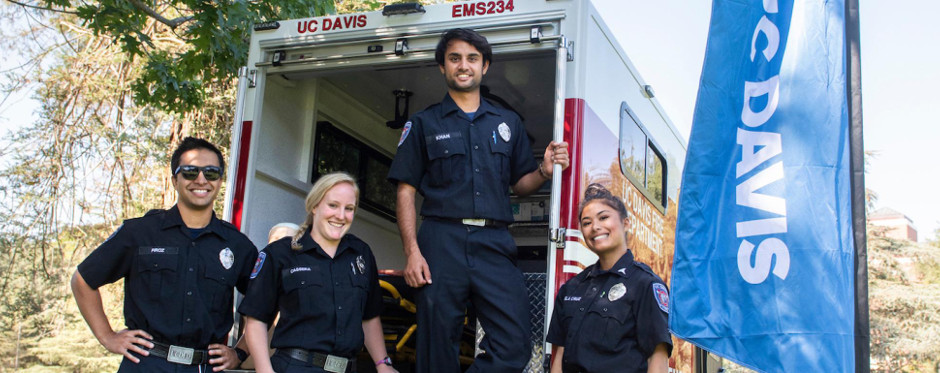
Syracuse Labor Day Storm
Press Release
At 01:15am on Monday 9/7 a severe windstorm struck the City of Syracuse, County of Onondaga, and eight surrounding counties. Wind speeds were recorded at 70-90 mph, gusting to 115mph. The windstorm was comprised of a series of down bursts caused by an especially windy squall line of thunderstorms known as "derecho."
The City and County were declared disaster zones.
At S.U., structural damage was caused to several buildings, with the most severe at our South Campus residential complexes, where roofs and walls were blown off of buildings. All over campus, severe damage was caused by flying debris.
Syracuse University Ambulance personnel responded by scrambling six crews within one hour of the storm's onset. Using Health Service and Physical Plant vehicles, crews answered 18 calls in the first six hours. Because of downed trees and power lines, many of these calls were handled by EMT's on foot and in the dark. Our ambulances were blocked in most areas. Two of our dispatchers were assigned to assist the campus public safety communications center in handling incoming calls, while our dispatch center was staffed by additional personnel to manage incoming and outgoing telephone/radio traffic. Additional crews were assigned to campus shelters to assist students displaced by the storm. In all, 24 crew members and 4 supervisors were rotated through thirty hours of disaster operations.
At 08:00am this morning we were able to resume normal operations, though there remains significant cleanup on the campus and in the city. It is estimated that power in the near campus area will be off for several days.
We are using this incident to assess the effectiveness of our disaster contingency plan. We were pleased to find that just about all of the tenets of our existing plan worked well, though there were additional considerations that we had never thought of.
We would be pleased to make available a summary of the outcome of our assessment to assist other departments in considering issues for pre-planning your own campus. Please respond privately.
Robert Audet, NREMT-P
EMS Manager
Syracuse University Health Services

